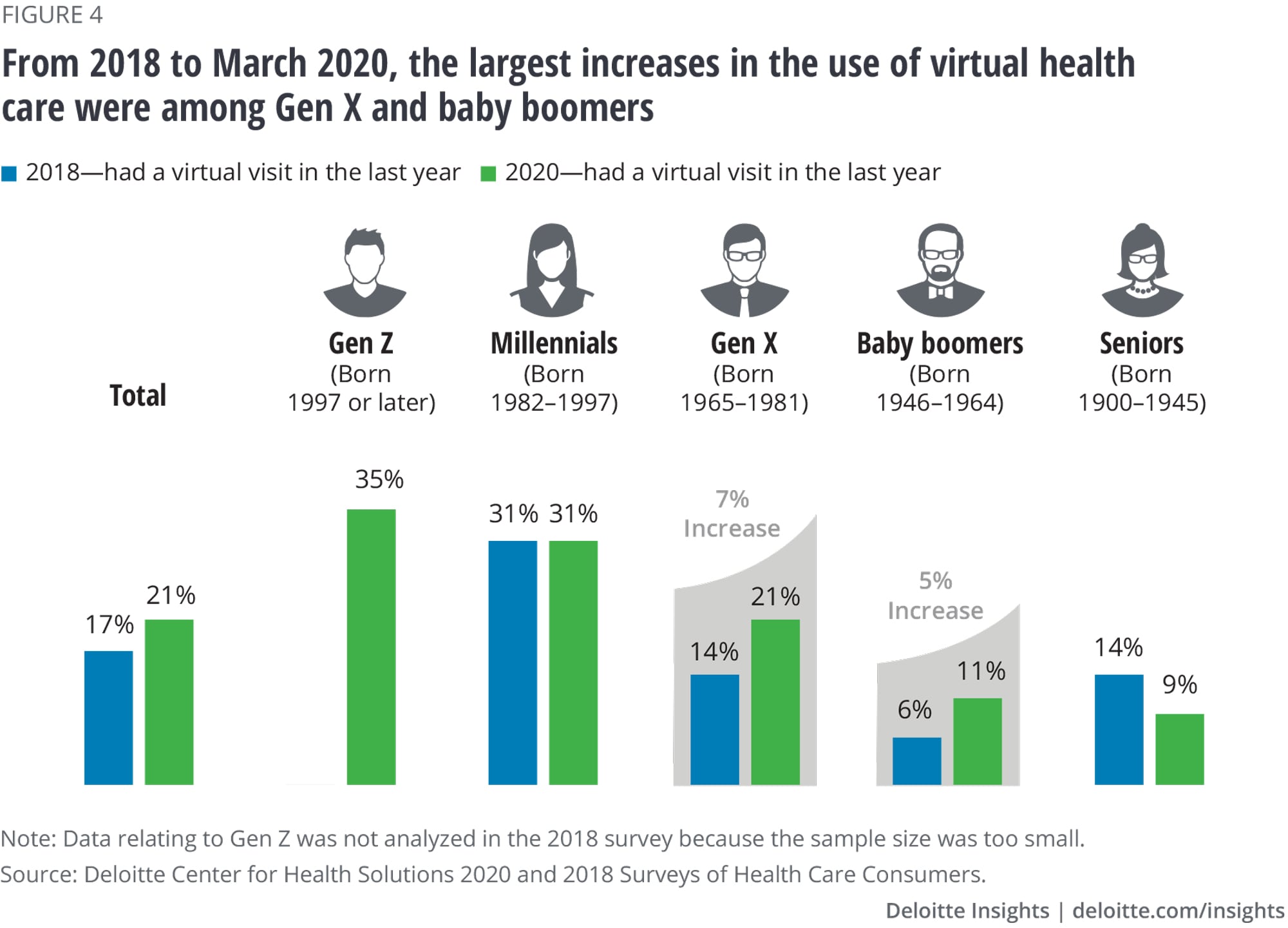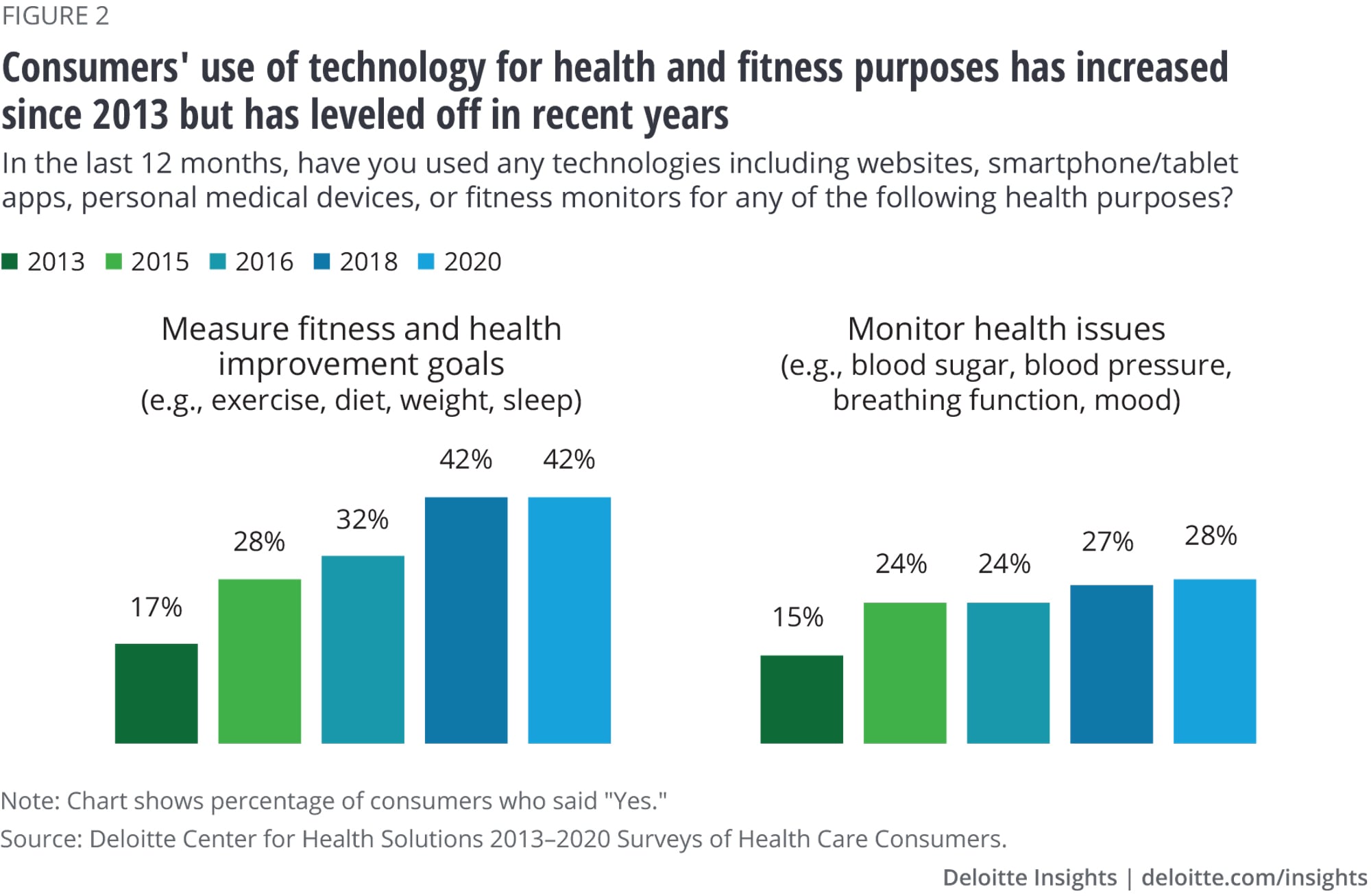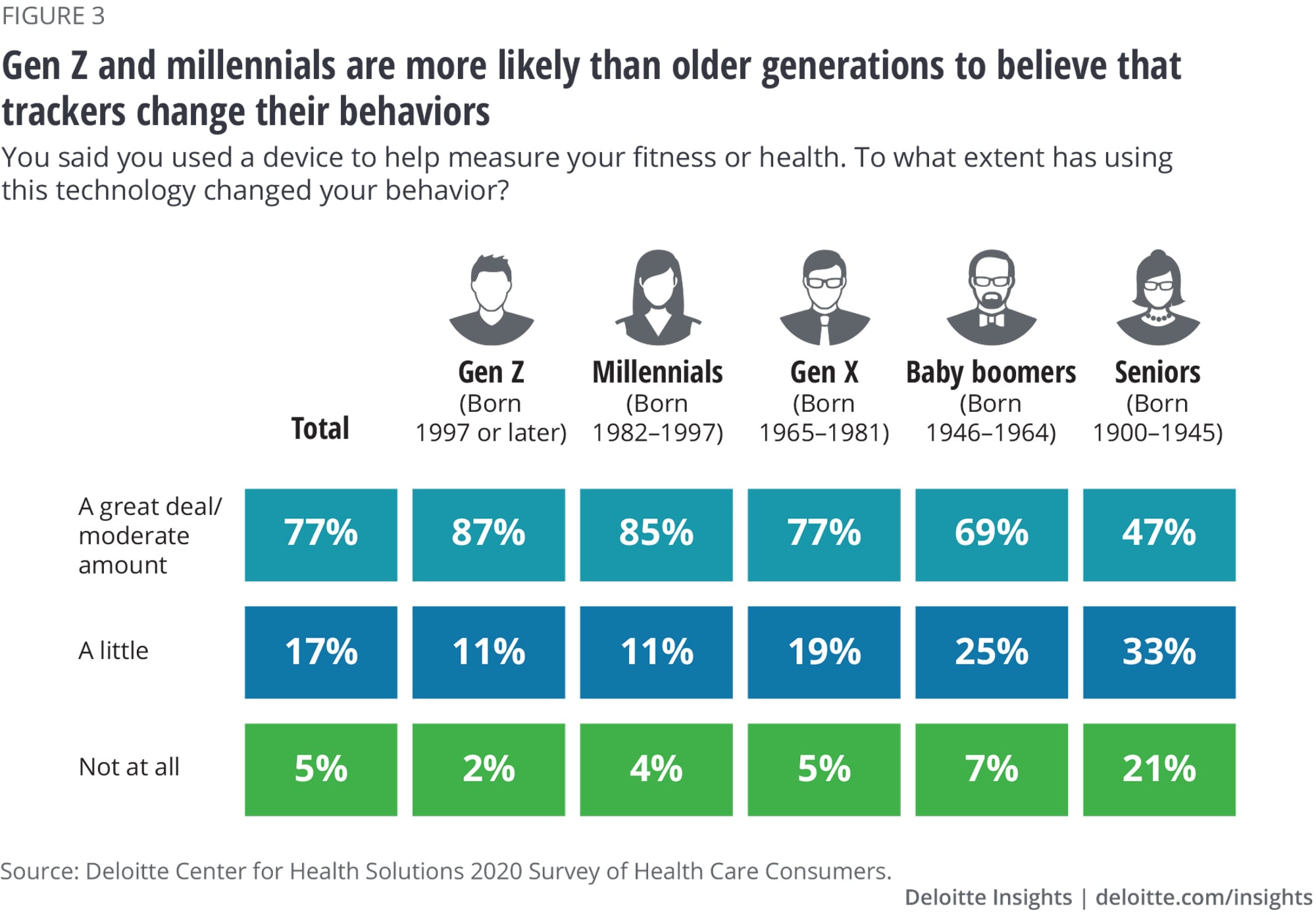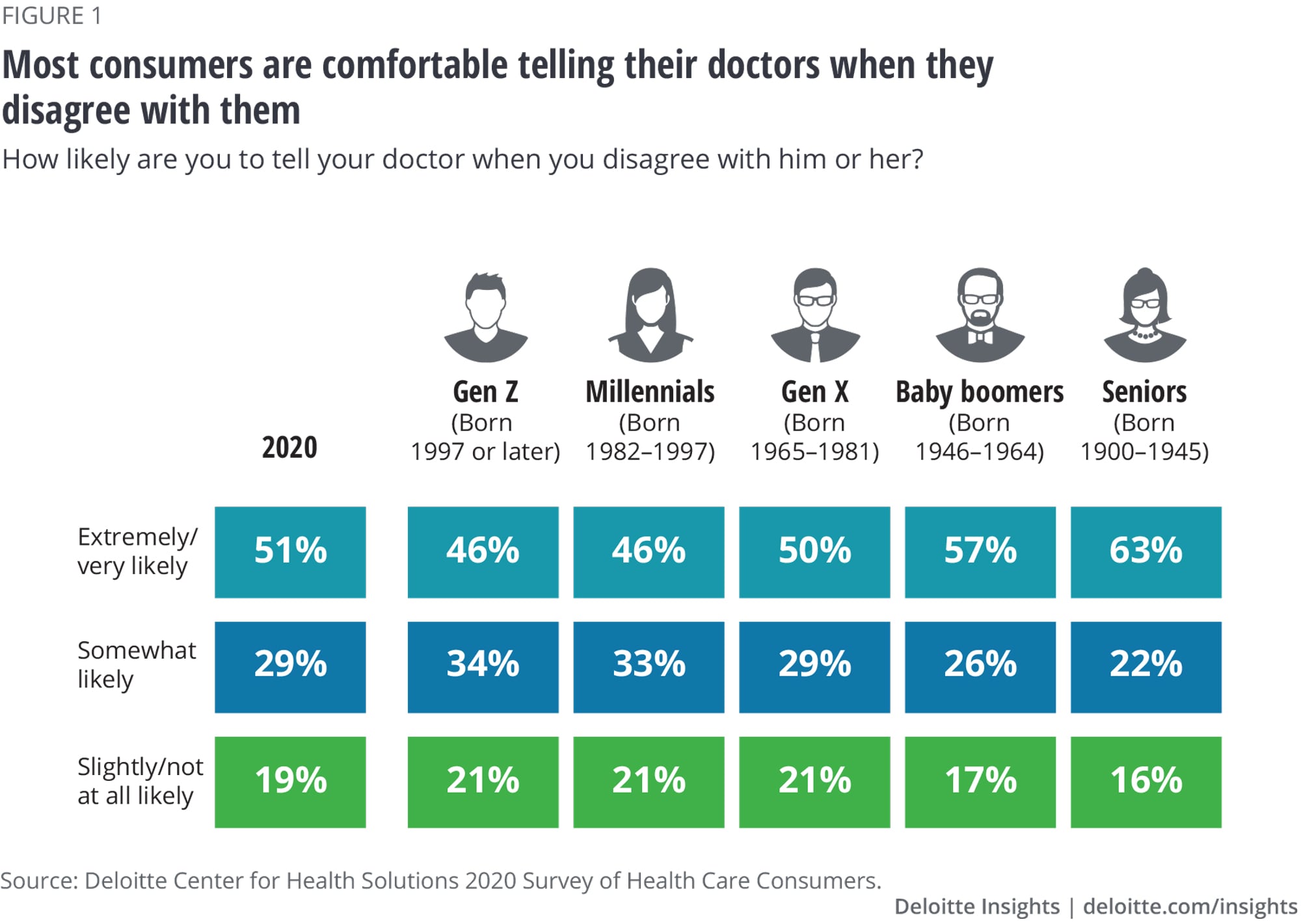Part
01
of one
Part
01
Patient Frustrations with Healthcare Providers
Long wait times, unpleasant waiting areas, services from medical staff, pre-visit activities, and poor communication are some pain points of healthcare consumers in the U.S. Adopting technologies such as cloud, internet of things (IoT), and artificial intelligence (AI) can help to ease some of these pain points.
Patient Frustrations With Healthcare Providers
1. Long Wait Times
- A survey result by Qualtrics established that for 11% of healthcare consumers at urgent care and emergency facilities in the U.S., the experiences of long wait times would cause them to change healthcare providers, while it is 6% for consumers at primary care facilities.
- 50% of emergency room and urgent care patients reported that they have spent at least an hour within the previous year waiting to be seen.
- Also, 21% of emergency room patients reported that they have spent over 4 hours at the waiting area of an emergency room facility within the last year before they were seen.
2. Unpleasant Waiting Areas
- The survey by Qualtrics found that for 29% of healthcare consumers at urgent care and primary care facilities in the U.S., an unpleasant waiting area would cause them to change healthcare providers, while it is 20% for consumers at emergency room facilities.
- Men are over 5 times more likely to change their healthcare provider if there is a lack of entertainment of any sort at the provider's waiting areas.
- "While lack of waiting room entertainment does not bother 65% of the respondents regardless of income, of the remaining third, almost 10% of Americans in the top household income quartile cited a lack of waiting room entertainment as a reason to not return to a primary care provider, but not a single patient in the bottom 2 quartiles felt the same way."
3. Services From Medical Staff
- Patients at emergency room facilities are more likely to be worried about how updated a medical staff is on current research and treatments.
- Women are 2.5 times more likely than men to change healthcare providers because the medical staff forgot their names.
- Compared to baby boomers, millennials are 70% more likely to switch healthcare providers because of unfriendly behaviors.
- Another survey published by The Harris observed that more than half (53%) of healthcare consumers in the U.S. feel that they are treated more like case files than actual humans. They have this feeling that when receiving care, they are treated as incidents, not a person.
4. Pre-Visit Activities
- A Healthcare Consumer Experience Study found that for 25% of consumers, the work part of their healthcare experience has been pre-visit activities. This includes activities like scheduling, co-pay prepayment, out-of-pocket price estimation, and others.
- 26% wish that scheduling appointments can be done online, 22% think that preparing for appointments is sometimes/never convenient, and 23% wish that appointments could be checked-in through a virtual waiting room just like restaurants.
- "On average, it takes patients 9 minutes to make an appointment -- 6 times longer than it takes them to make a restaurant reservation and 3.5 times longer than it takes them to buy something online."
- The Harris Pool reported that 62% of healthcare consumers are not pleased with how long it takes to schedule healthcare appointments.
5. Poor Communication
- Qualtrics established that about half of the survey respondents cited "poor communication and having to repeatedly explain their situation to different people as experiences that bothered them a lot" at urgent care facilities.
- The report found that compared to baby boomers, Gen Xers are 3.3X more likely to abandon a particular healthcare provider as a result of poor communication about their health concerns.
- A separate survey found that 42% of healthcare consumers could change providers if they don't offer a good digital experience, while 28% reported that they have already changed providers from 2019 due to poor digital experience.
- Patients aged 16-24 years are 4 times more likely to change healthcare providers due to poor digital experience than those aged 55 years and above.
- The Harris Pool mentioned that the majority of healthcare consumers in the U.S. have experienced issues with poor communication. These issues range from communicating concerns to providers and getting clear answers to the concerns, to "understanding the efficacy of treatment and receiving clear guidance on the next steps after care is administered."
- Due to this pain point, 51% of healthcare consumers reported that they sometimes feel uncomfortable asking a provider questions even when they feel the provider had jumped to medications without proper exams.
Trends in the U.S. Healthcare Consumer Experience
Three trends identified below were determined to be trending in the U.S. healthcare consumer experience through the Deloitte Center for Health Solutions’ biennial survey in 2020.
1. Adoption of Virtual Visits
- Following the outbreak of the COVID-19 in 2020, the percentage of healthcare consumers in the U.S. that are using virtual visits rose from 15% in 2019 to 28% in 2020.
- Gen Xers and baby boomers have seen the highest rise in the adoption of this service.
2. Using Technology for Health Monitoring
- The Deloitte survey established that 41% of healthcare consumers in the U.S. use healthcare devices to monitor their fitness and track health-improvement goals, and about half of this population agreed to have shared data from these devices with a doctor.
- "Those in excellent health (62%) and those with difficult chronic diseases (75%) are most likely to share their information with their doctor."
- Furthermore, 77% of respondents that use technology to monitor their health admitted that doing so has had a great impact on their behavior.
3. Consumers are Showing Agency and Engagement
- Consumers are becoming more activated and are exhibiting attitudes and behavior that demonstrate agency.
- Generally, 51% of the survey respondent agreed that they are very or extremely likely to show their disagreement with a doctor. 29% hinted that they are somewhat likely, while 19% admitted that they are either slightly or not at all likely to be vocal about their disagreement with a doctor.
Adopting Technology to Ease Healthcare Consumers' Pain Points
1. How Cloud Can Ease Healthcare Consumer's Pain Points
- Through telehealth, the healthcare industry is quickly jumping on the cloud bandwagon. As the number of tech-savvy patients increases, providing easy accessibility while ensuring top security has become important.
- "Cloud providers such as Google Cloud Platform (GCP) have put an industry focus on healthcare, to ease some common pain points that have arisen like cultural acceptance (especially for providers), concern around disrupting patient care, data integrity, and compliance — all while trying to maintain a top focus on increasing patient care and reducing costs."
- Adopting cloud platforms in the healthcare industry improves collaboration between medical caregivers and their patients and colleagues. Patients can seamlessly and securely be guided through the process of gathering relevant information and virtual connection.
- Through cloud platforms such as Contact Center UI or Rapid Response Virtual Agent, patients are can optimize provider’s time for general knowledge or gathering any information they may need.
- Integrating cloud platforms ensures that large amounts of data can be securely stored and accurately retrieved across devices when they are needed. This ensures that more time is spent with patients as adopting cloud platforms reduces the time spent navigating a system.
- Furthermore, with cloud platforms such as GCP, healthcare providers can stay compliant with "HIPAA and FedRAMP regulations with their built-in standards.
2. How Artificial Intelligence (AI) Can Ease Healthcare Consumer's Pain Points
- Experts are predicting that the adoption of AI in the healthcare industry has the potential to save the industry about $150 billion annually by 2026.
- Adopting AI in the industry will ease a major pain point of healthcare consumers in the U.S. which is waiting time. AI can help with completing routine tasks for admins such as "chart notes, treatment plans, prescriptions, and billing" as excessive administrative time reduces the time spent on providing actual care to patients.
- Experts predict that by 2030, the shortage of physicians in the U.S. healthcare industry will hit 120,000, while the number of people aged 65 and above is likely to double within the next 40 years. Therefore, finding innovative solutions toward reducing waiting times and avoiding prolonged delays is of the essence.
- Currently, "subsets of AI, natural language processing (NLP) and speech recognition are readily used across health institutions to handle repetitive, time-consuming tasks. From transcribing text to extracting and structuring information, these technologies streamline clinical documentation."
- Furthermore, AI will improve care with virtual nursing, reduce avoidable hospital visits, and reduce the workload of caregivers. Through NLP and using voice or text, "virtual nursing assistants are now supporting patients around the clock by quickly responding to concerns and monitoring recovery progress."
- Experts predict that integrating AI-powered virtual nurse assistants can potentially save the health industry $20 billion annually and improve nurses' time by 20%.
3. How the Internet of Things (IoT) Can Ease Healthcare Consumer's Pain Points
- Adopting IoT in the healthcare industry ensures that patient's medical data can be collected accurately and faster.
- "Long waiting times, a long duration between visits, inadequate data collection, and a wide range of other challenges can prevent healthcare professionals from providing the best care possible."
- Through innovative technologies such as IoT-connected sensors that are connected to wristbands and other devices, patients' vital health information can be monitored and data can be collected accurately and sent to the cloud to be accessible by caregivers in real-time. This cuts out the time that would be spent to collect this data manually and reduces the overall waiting time of patients.
- Adopting IoT in the healthcare system also ensures that some avoidable medical errors that sometimes can lead to the loss of life are minimized.
- Through AI, quality healthcare can be accessible by people in rural areas that are lacking sufficient physicians, hospitals, and other healthcare resources. Doctors and patients in these areas can communicate through video conferencing, patient data can be monitored, and virtual assistance can be rendered.



